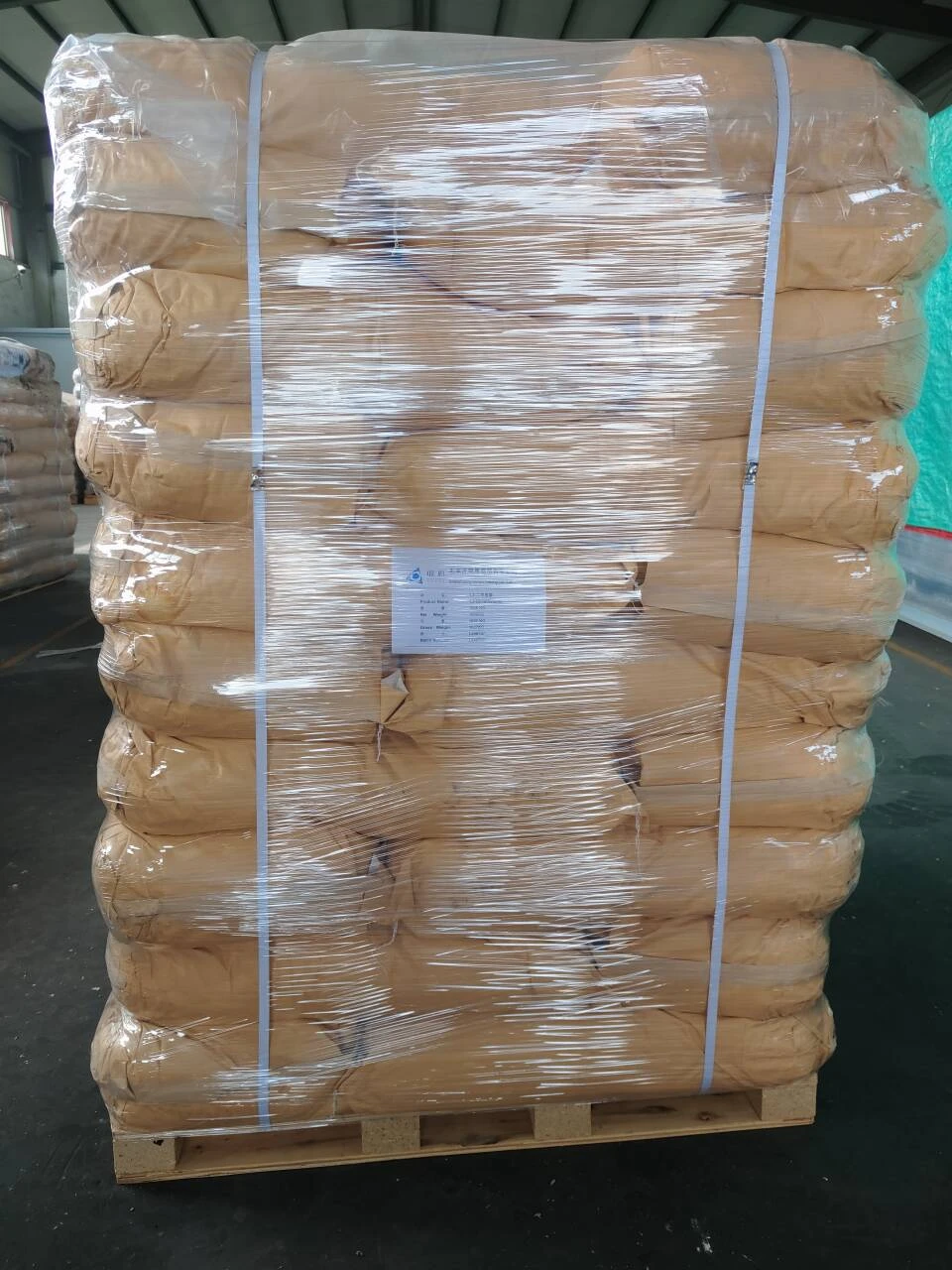The Importance of Folic Acid and Its Manufacturing Process
Folic acid, also known as vitamin B9, is an essential water-soluble vitamin that plays a crucial role in various bodily functions, including DNA synthesis, repair, and methylation. It is vital for the production of healthy red blood cells and supports cell division, making it particularly crucial during periods of rapid growth, such as pregnancy and infancy. Given its significant health benefits, the demand for folic acid has led to the establishment of numerous folic acid factories worldwide. This article will explore the importance of folic acid, its applications, and the manufacturing processes involved in producing this essential vitamin.
The Role of Folic Acid in Health
Folic acid is especially important for pregnant women, as it helps prevent neural tube defects (NTDs) in developing fetuses. NTDs can lead to severe birth defects, such as spina bifida and anencephaly. As a result, healthcare providers often recommend that women of childbearing age consume adequate folic acid before and during pregnancy. In addition to its role in fetal development, folic acid is associated with a reduced risk of certain cancers, heart diseases, and cognitive decline in the elderly.
In addition to dietary sources, which include leafy green vegetables, legumes, eggs, and fortified foods, folic acid supplements are widely available. The synthetic form of the vitamin is more bioavailable than its natural counterpart, making it necessary for supplement production. This necessity has propelled the folic acid industry in recent years, resulting in the establishment of dedicated folic acid factories.
Manufacturing Processes of Folic Acid
The manufacturing of folic acid primarily involves chemical synthesis, which can occur through various pathways. The most common method begins with the basic building blocks of purines and pyrimidines, which are vervolgens transformed to produce folic acid. This process includes several stages
1. Synthesis of p-Aminobenzoic Acid (PABA) One of the primary components of folic acid, PABA is synthesized through the condensation of para-nitrobenzoic acid with an amine source. 2. Production of Glutamic Acid Glutamic acid is another key ingredient that is typically derived from fermentation processes involving certain bacteria, ensuring high purity and yield.
folic acid factory

3. Coupling Reactions The next stage involves a coupling reaction between PABA and glutamic acid, which forms the foundational structure of folic acid. This reaction is typically facilitated in the presence of chemical catalysts, which increase efficiency and yield.
4. Reduction Steps The synthesis pathway continues with several reduction reactions, converting the compound into its final folic acid structure. This involves hydride agents that assist in reducing double bonds and forming the final molecule.
5. Crystallization and Purification The last steps involve crystallizing the synthesized folic acid to refine it further. This may involve multiple rounds of filtration and recrystallization to achieve the high purity standards required for pharmaceutical use.
Industry Standards and Quality Control
Folic acid factories must adhere to stringent quality control measures to ensure that their product is safe, effective, and free from contaminants. Regulatory bodies, such as the FDA and EMA, impose strict guidelines on manufacturing practices, requiring ongoing testing for purity and potency. The use of Good Manufacturing Practices (GMP) is critical in the industry to minimize risks and ensure the consistent quality of folic acid products.
Conclusion
As awareness of nutritional health continues to grow, so does the importance of folic acid in our diets. The establishment of folic acid factories plays a vital role in meeting this demand, ensuring the availability of high-quality supplements for those who need them. By facilitating critical research and manufacturing processes, these facilities contribute to public health initiatives, helping reduce congenital disabilities and promote overall well-being. In summary, the impact of folic acid extends beyond mere supplementation; it forms a cornerstone of preventive health strategies in modern medicine.

